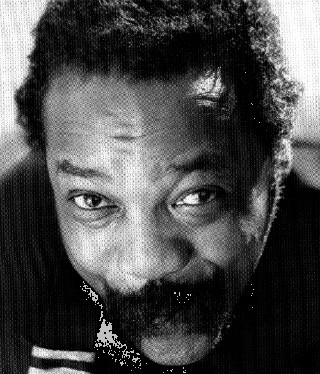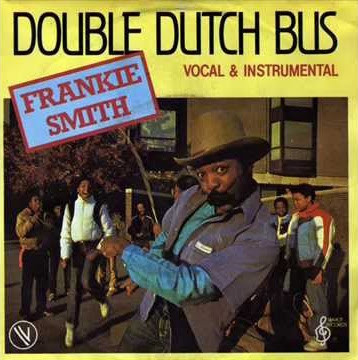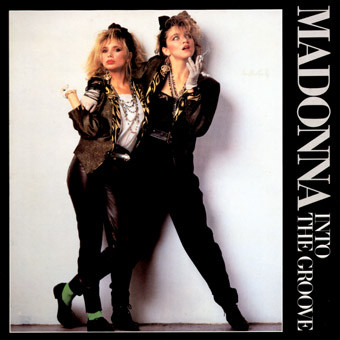The 1980s was a vibrant decade for music, overflowing with unforgettable tunes and artists, and among them, a fascinating category emerged: the one-hit wonder. Between 1979 and 1989, nearly 500 artists graced the Billboard Hot 100 chart for a fleeting moment, leaving behind a single, indelible track. Think of artists like Soft Cell, or Gary Numan – icons who briefly conquered the airwaves. Among these gems, one song, in the spring of 1981, stood out with its sheer originality and infectious rhythm on the radio: “Double Dutch Bus” by Philadelphia’s own Frankie Smith.
 frankie smith B+W
frankie smith B+W
Frankie Smith wasn’t just singing a song; he was introducing a linguistic innovation. “Double Dutch Bus” became synonymous with a playful slang, injecting “iz” into the middle of words. Lyrics like “Hizzey, gizzirls! Yizzall hizzave t’ mizzove izzout the wizzay sizzo Izzi cizzan gizzet pizzast…” weren’t just catchy; they were groundbreaking. This “iz” slang, popularized by the Double Dutch Bus Song, resonated far beyond the initial hit, embedding itself into the fabric of popular culture.
The infectious “iz” slang pioneered by Frankie Smith in “Double Dutch Bus” didn’t just vanish after its chart run. It profoundly influenced the burgeoning hip-hop scene. Rappers like Snoop Dogg, Tone Lōc, and Ice Cube, icons in their own right, openly acknowledge Frankie Smith’s impact. They adopted and expanded upon this playful linguistic style, incorporating it into their own rhymes and shaping the sound of countless hip-hop tracks that followed. Even popular culture outside of music took note. The hit TV show SCRUBS, known for its quirky humor, frequently sprinkled “iz” slang into their dialogues, further cementing its place in the mainstream lexicon. So, the next time you hear this distinctive slang in a hip-hop track or a pop culture reference, remember its origins: it all started with Frankie Smith and the “Double Dutch Bus” song.
 double dutch bus
double dutch bus
Released in late February 1981, “Double Dutch Bus,” the title track from Frankie Smith’s album “CHILDREN OF TOMORROW,” was initially a slow burner. It took a few months for the song to gain momentum on radio and in record stores. However, by mid-May 1981, the “double dutch bus song” had officially arrived on the Billboard Hot 100, debuting at No. 86. Its climb was steady, eventually peaking at No. 30 in mid-August. Remarkably, it remained on the Hot 100 for a total of 19 weeks – an impressive feat for any song, let alone one that didn’t crack the top 20. Despite releasing subsequent singles until 1985, “Double Dutch Bus” remained Frankie Smith’s sole entry onto the Hot 100, solidifying its status as his signature, one-hit wonder.
While its Hot 100 performance was notable, “Double Dutch Bus” truly dominated the Billboard R&B Chart. It ascended to the No. 1 spot and reigned for four weeks in July and August 1981, cementing its place as a summer anthem and a cultural phenomenon. The legacy of the “double dutch bus song” continues to resonate even today. Music icon Madonna, known for her innovative performances, sampled “Double Dutch Bus” during her 2008 Sticky & Sweet Tour. She seamlessly integrated it into her performance of “Into The Groove,” paying homage to the track’s enduring groove and infectious energy.
 MADONNA-into-the-groove
MADONNA-into-the-groove
Interestingly, both “Double Dutch Bus” and “Into The Groove” share a rare accolade: their 12” single versions were certified Gold by the Recording Industry Association of America (RIAA). This was an exceptional achievement, highlighting the popularity of both extended versions. Even more remarkably, “Double Dutch Bus” achieved RIAA Gold certification for both its 7” single and its 12” single formats. This double Gold status, coupled with its enduring cultural impact, underscores the deep connection people had with the “double dutch bus song,” even if its peak Hot 100 position was at No. 30. Decades later, the song’s appeal remains undeniable. It’s a track that invites you to join the ride, to embrace its playful energy, and to appreciate its significant contribution to music history. So, take a trip back in time, and as Frankie Smith invites, “C’mon, get on, the Double Dutch Bus!”
